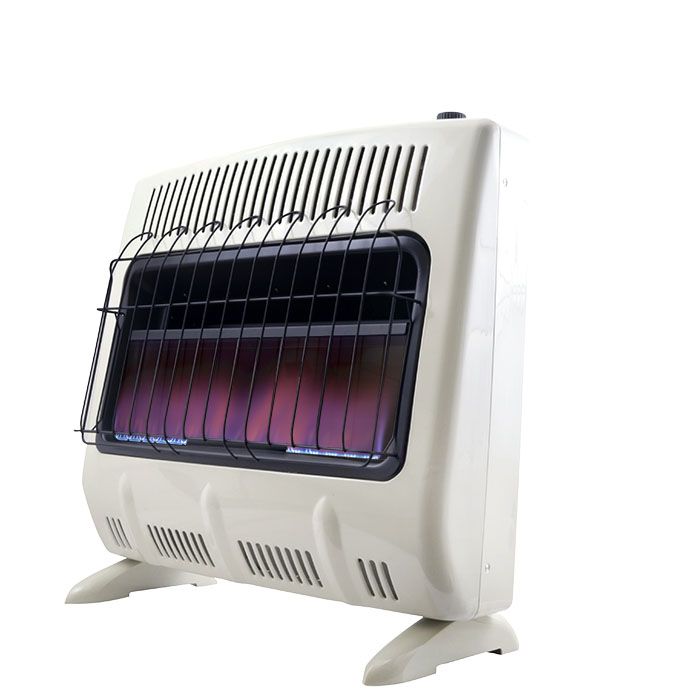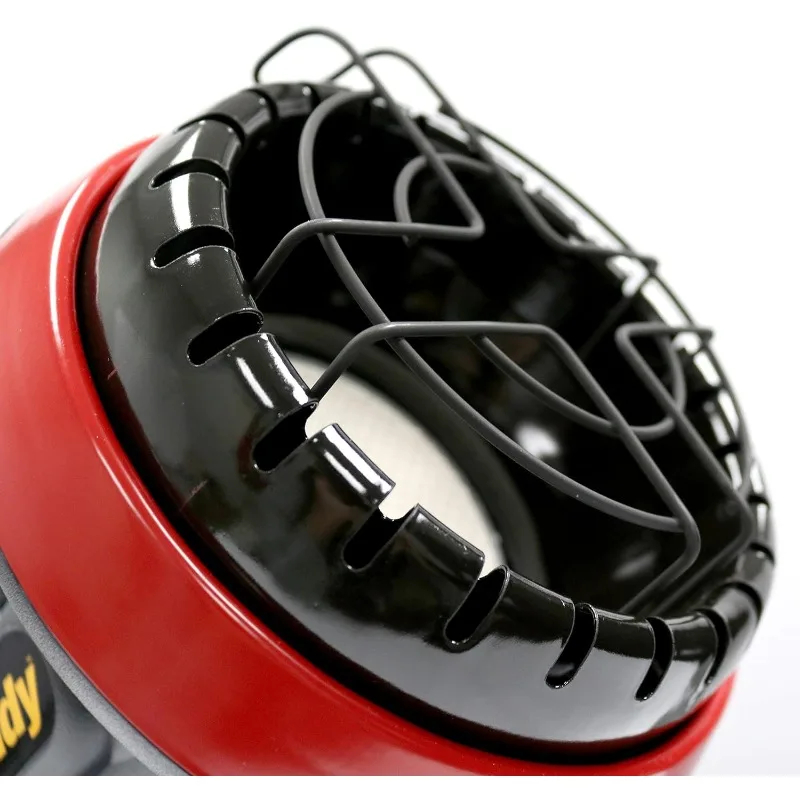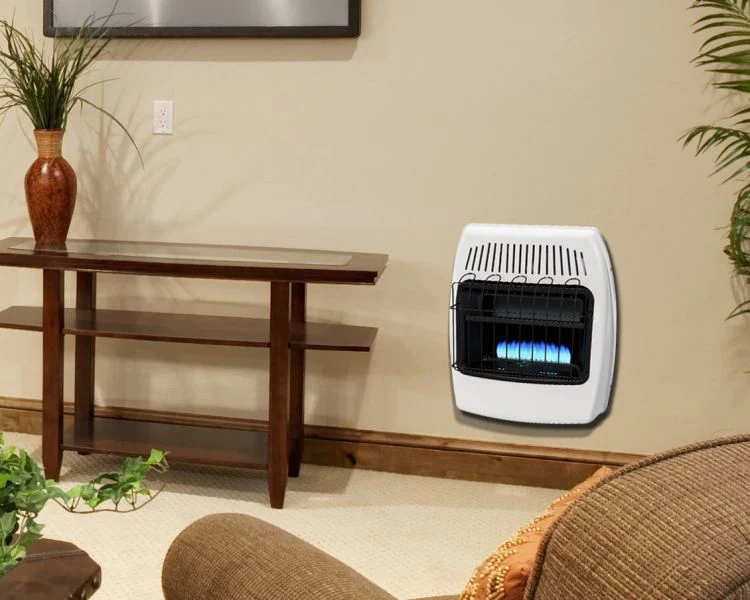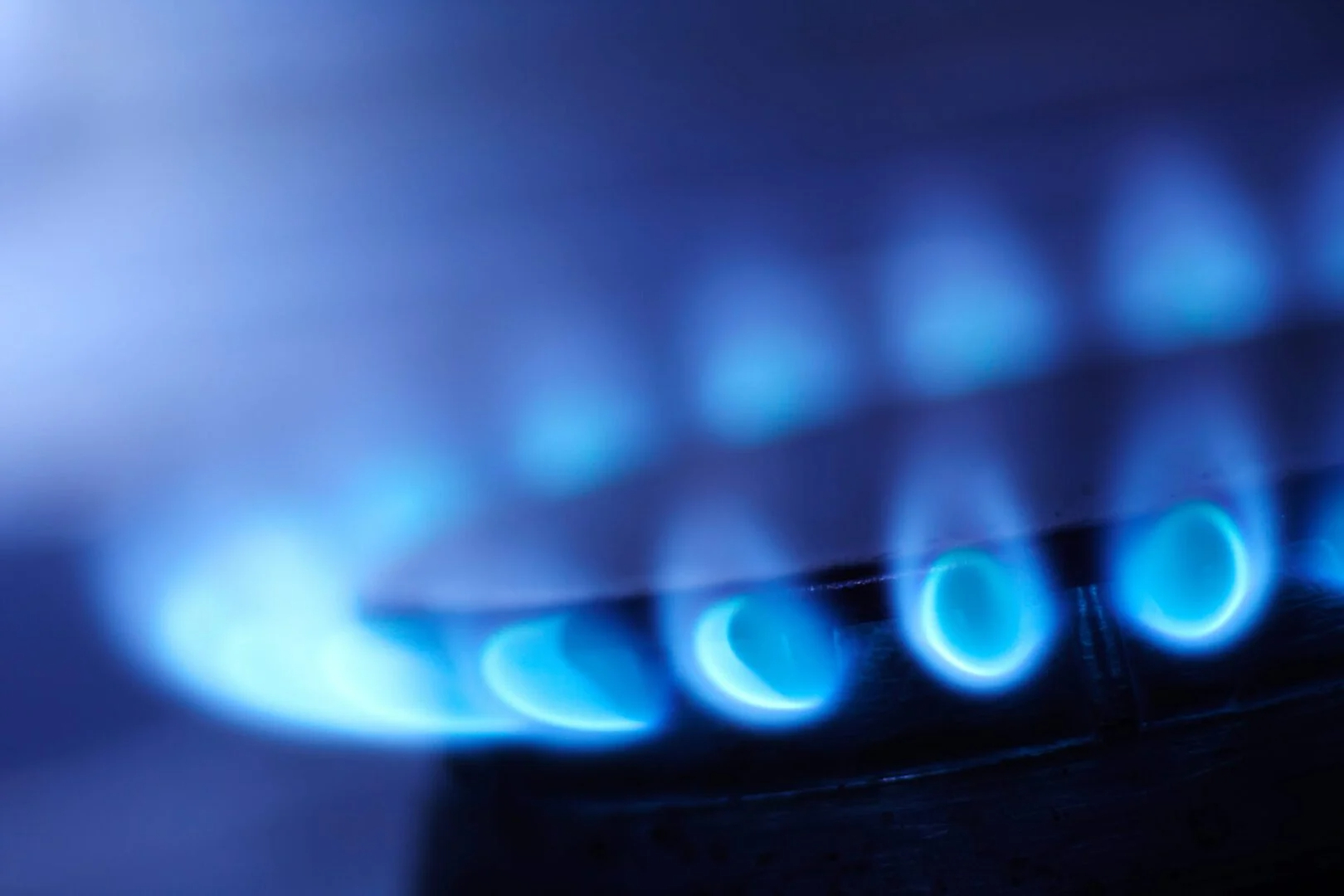As colder weather approaches, the search for a reliable and safe indoor heating solution becomes a priority for many homeowners. Propane heaters have become a popular choice due to their efficiency and portability. However, safety is a crucial consideration when introducing any heating element into your living space. This article will guide you through selecting the best indoor safety propane heaters that offer warmth without compromising safety, detailing essential safety features, energy efficiency, and ease of use, as well as maintenance tips to keep your heater functioning safely and efficiently.
Safety Features Are Key
Built-in Oxygen Depletion Sensors (ODS)
When shopping for an indoor propane heater, one of the most important safety features to look for is the built-in oxygen depletion sensor (ODS). This sensor automatically shuts off the heater if it detects a reduction in the oxygen level within the room, preventing carbon monoxide buildup and ensuring your wellbeing.
Tip-Over Protection and Cool-Touch Exteriors
Another critical safety feature is tip-over protection, which turns the heater off if it gets knocked over accidentally. Many modern heaters also come with cool-touch exteriors to prevent burns upon contact, making them safer to have in homes with children or pets. Always verify that the heater you choose includes these safety measures.

Balancing Warmth and Wallet
High-Efficiency Models Save Money
Propane heaters are known for their high energy efficiency, which translates into more heat output per unit of fuel consumed. Look for models with high efficiency ratings to ensure you’re getting the most warmth for your money. An efficient heater will not only keep you cozy but also help reduce your overall heating costs during the winter months.
Selecting the Right Size for Your Space
It’s also important to choose a heater size appropriate for the space you need to warm. A heater that’s too large for a room can consume unnecessary fuel and may even pose a safety risk due to excessive heat output. Conversely, a heater that’s too small will run continuously without adequately heating the space, leading to higher fuel costs. Check the manufacturer’s recommendations for room size to find the perfect balance.

Enhancing Your Heating Experience
Easy-to-Use Controls
A user-friendly propane heater should have intuitive controls that make it easy to adjust the temperature and settings. Look for models with clear, accessible control panels, ideally with a thermostat to maintain a consistent temperature. Some heaters even come with remote controls for added convenience.
Portable Designs for Flexibility
Many homeowners appreciate the flexibility of a portable propane heater that can be moved from room to room as needed. Consider models with carry handles or wheels that make relocation simple without risking safety. Remember, even portable heaters should have a stable base to reduce the risk of tipping over.

Ensuring Long-Term Safety and Performance
Regular Cleaning and Inspections
To keep your propane heater in top working condition, perform regular cleaning and inspections. Remove dust and debris from the heater’s exterior and vents to prevent blockages that could affect performance or become a fire hazard. Always follow the manufacturer’s instructions for proper cleaning techniques.
Professional Servicing for Optimal Function
In addition to at-home maintenance, it’s wise to have your propane heater professionally serviced at least once a year, especially before heavy winter use. A professional can check for gas leaks, worn parts, and overall functionality, ensuring that the heater operates safely and efficiently for years to come.

Understanding Ventilation Needs for Indoor Propane Heaters
Importance of Adequate Ventilation
Indoor propane heaters require proper ventilation to ensure safe operation. While many modern units are designed to be used in enclosed spaces, they still consume oxygen and emit combustion byproducts. To prevent the accumulation of harmful gases, it’s crucial to provide a fresh air supply. Always follow the manufacturer’s guidelines on ventilation requirements and consider installing a carbon monoxide detector as an added safety measure.
Choosing Vent-Free vs. Vented Models
When selecting a propane heater for your home, you’ll come across vent-free and vented options. Vent-free models are designed to operate with a higher degree of efficiency and don’t require an external vent. However, they may not be suitable for all areas or for those with respiratory issues. Vented heaters, on the other hand, expel exhaust outside the home, greatly reducing the risk of indoor air quality problems. Your choice should depend on the specific needs of your home and local building codes.

The Role of Smart Technology in Propane Heating
Thermostats and Timers for Efficient Operation
Many indoor propane heaters now incorporate smart technology that can significantly enhance their safety and efficiency. Thermostats maintain the desired temperature by automatically adjusting the heater’s output, which avoids overheating and conserves fuel. Timers allow you to set operating hours, ensuring the heater runs only when needed and reducing the risk of it being left on accidentally.
Connectivity and Remote Monitoring
The integration of Wi-Fi and smartphone connectivity in propane heaters offers the ultimate convenience. These smart features enable you to monitor and control your heating system remotely, allowing adjustments to be made from anywhere, anytime. This connectivity not only improves the user experience but also helps in monitoring the heater’s performance and safety in real time, providing an additional layer of security.
Choosing the Right Fuel Source and Storage
Selecting Quality Propane for Your Heater
The type of propane you use can affect the performance and safety of your heater. Always opt for high-quality fuel from reputable suppliers to ensure clean and efficient burning. Impurities in the gas can lead to incomplete combustion, increasing the risk of soot buildup and emissions of harmful gases.
Safe Storage Practices
Proper storage of propane tanks is essential to ensure safety. Store propane cylinders outdoors in an upright position and away from direct sunlight, excessive heat, and ignition sources. Always transport and handle propane cylinders with care to prevent leaks or damage. Check tanks regularly for signs of wear or corrosion and replace them if necessary. By adhering to these practices, you can maintain a safe environment while enjoying the warmth provided by your indoor propane heater.
In conclusion, a propane heater can be a fantastic source of additional warmth for your home, offering both comfort and convenience. By prioritizing safety features such as oxygen depletion sensors and tip-over protection, choosing a model that balances efficiency with the size of your space, and opting for user-friendly features, you can enhance your home’s warmth without sacrificing safety or breaking the bank. Regular maintenance, both at home and by professionals, will ensure that your cozy comforts remain safe and enjoyable throughout the coldest months. Remember that while propane heaters are a great heating solution, always follow the manufacturer’s safety guidelines and never leave heaters unattended while in use.


